August 5-8, 2012
Boston, Massachusetts
Seaport Hotel, 1 Seaport Lane, Boston, MA 02210
The theme this year is Challenges and Opportunities: Maintaining Excellence in Judicial Branch Education in Difficult Times.
The conference will be held at the Seaport Hotel in historic Boston’s waterfront district. David Kolb, a leader in adult education theory and experiential learning, leads off a dynamic educational program which includes workshops based on the NASJE core competencies curriculum and specialty courses. The entire program is designed to provide valuable information and skills you will be able to use when returning home.
There is also plenty of time for networking and learning from your colleagues on an informal basis. Start by attending our opening reception on Sunday evening featuring “A Taste of Boston.” Monday night, we will be taking an exciting cruise around Boston Harbor on the Spirit of Boston.
Room Rate: $189 per night single/double occupancy + 14.45% occupancy tax + $3.00/night service charge, because this is a non-tipping facility. Cutoff date for conference rate is July 16, 2012.We hope to see you there!
Conference Fees
• Member: $550 (by July 16) or $595 (regular)
• Non-member: $650 (by July 16) or $725 (regular)
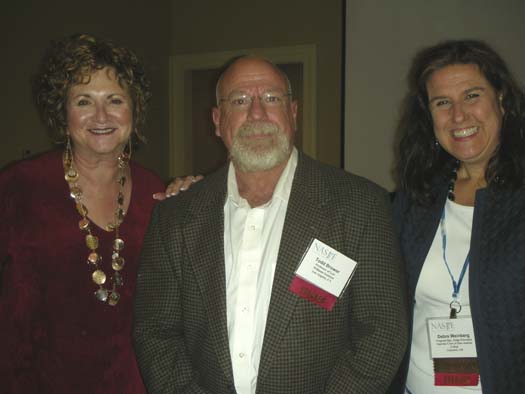
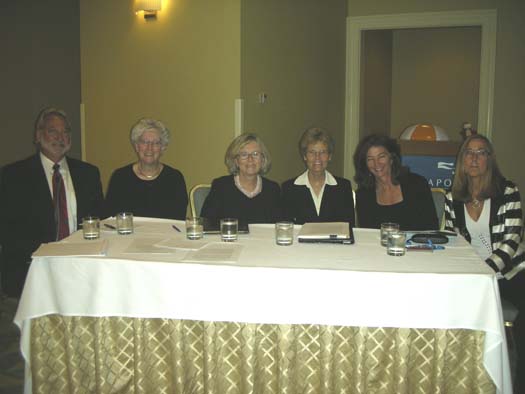
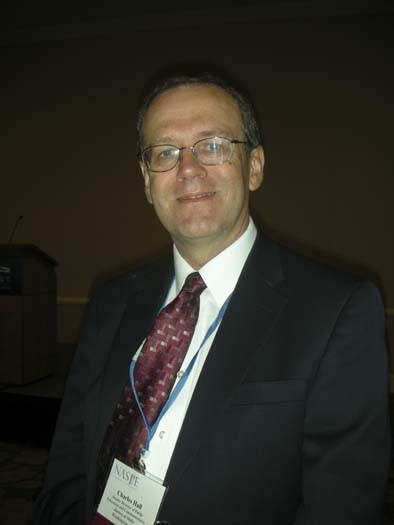
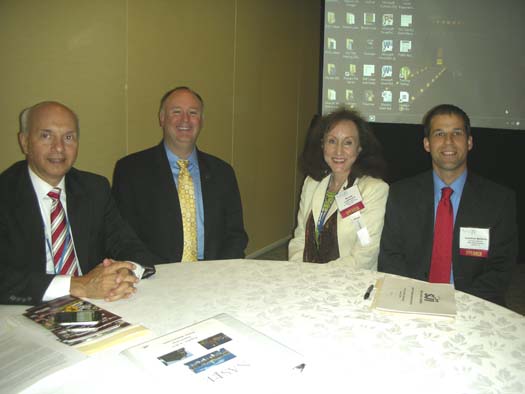
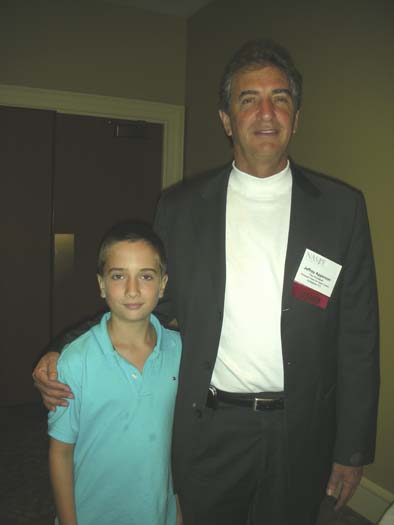
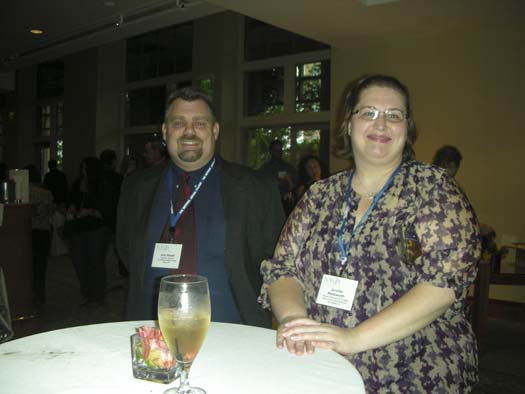
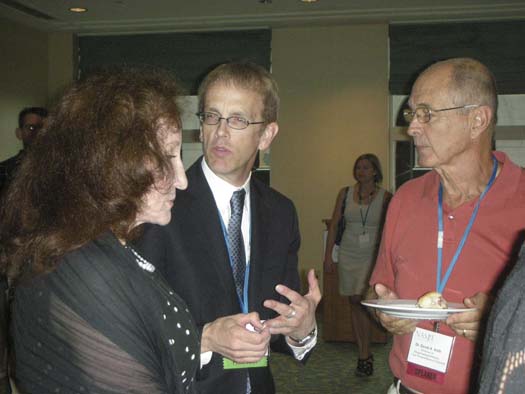
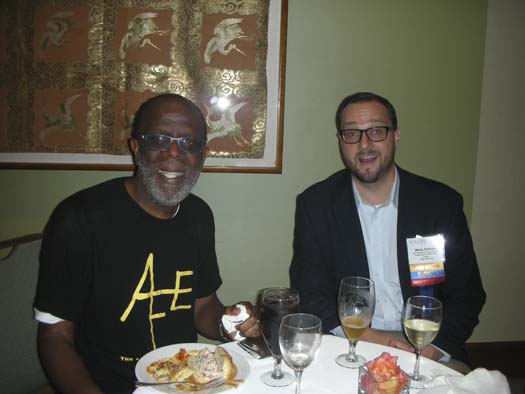
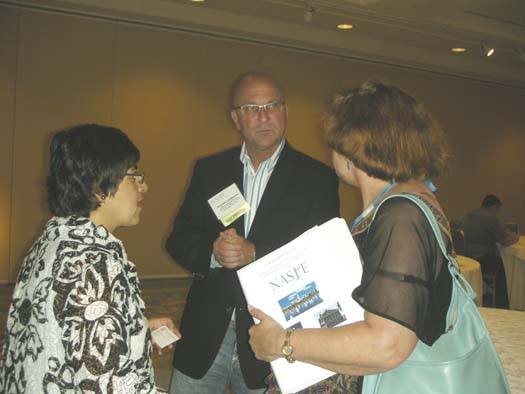



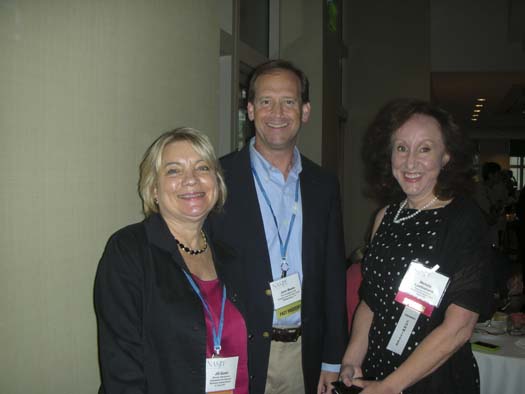
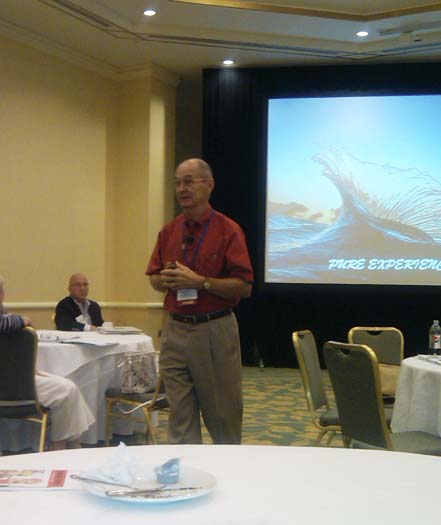
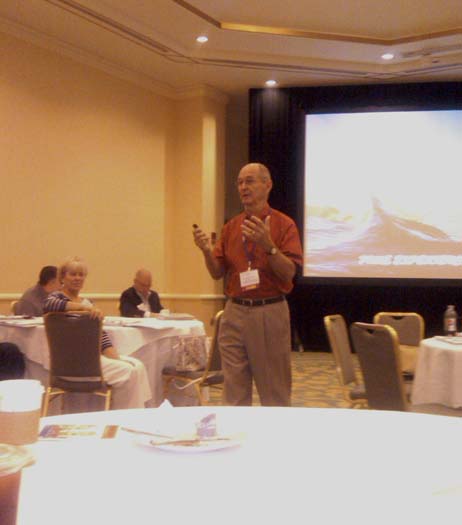

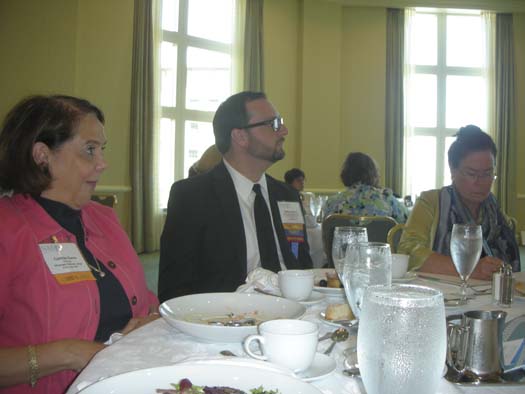
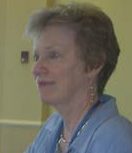
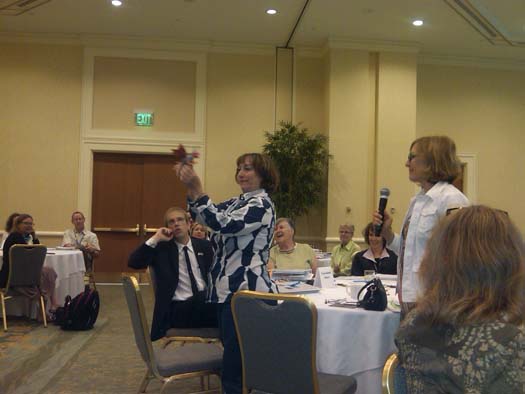
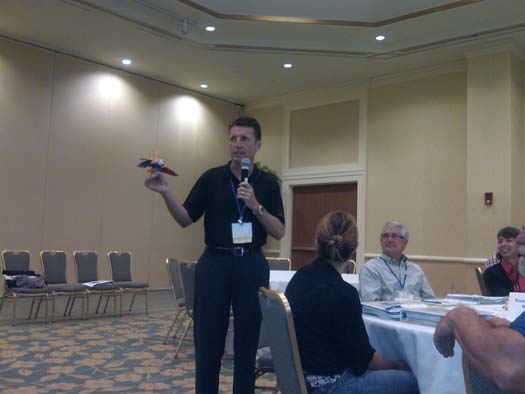
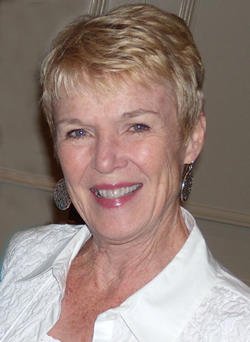
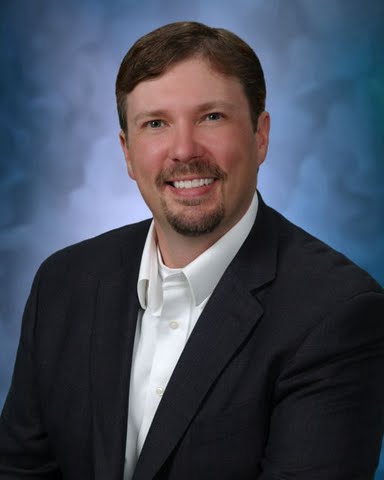
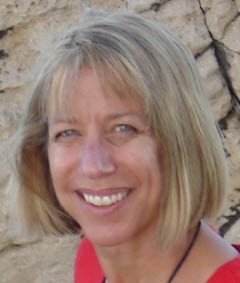

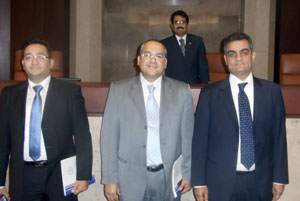
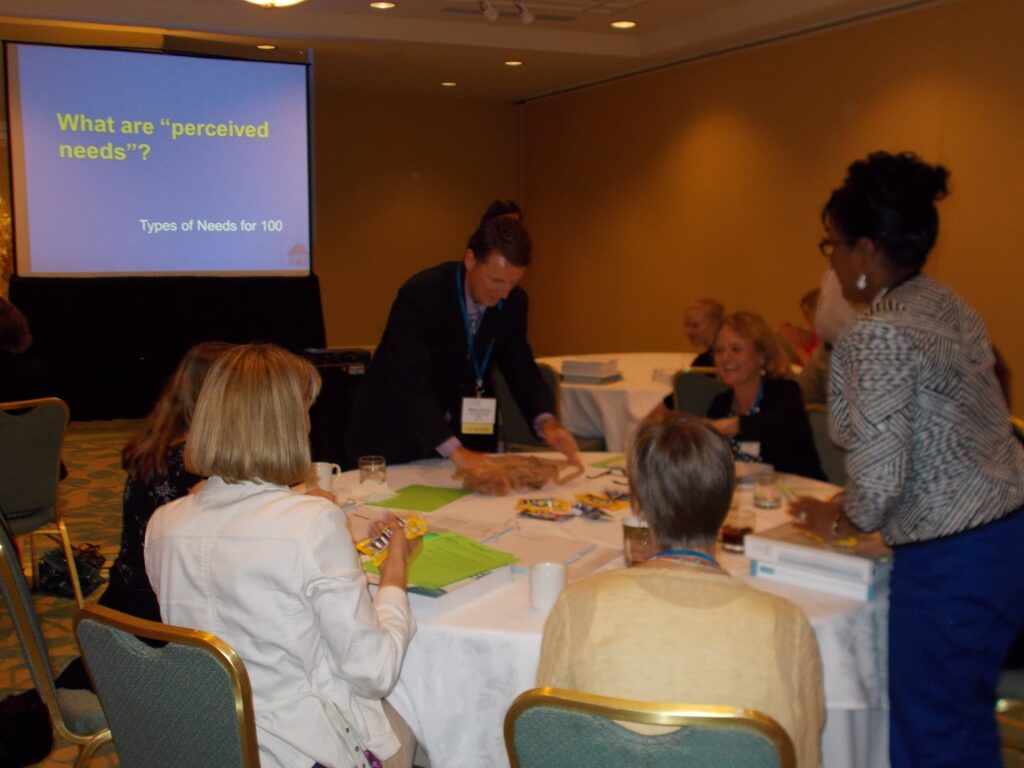
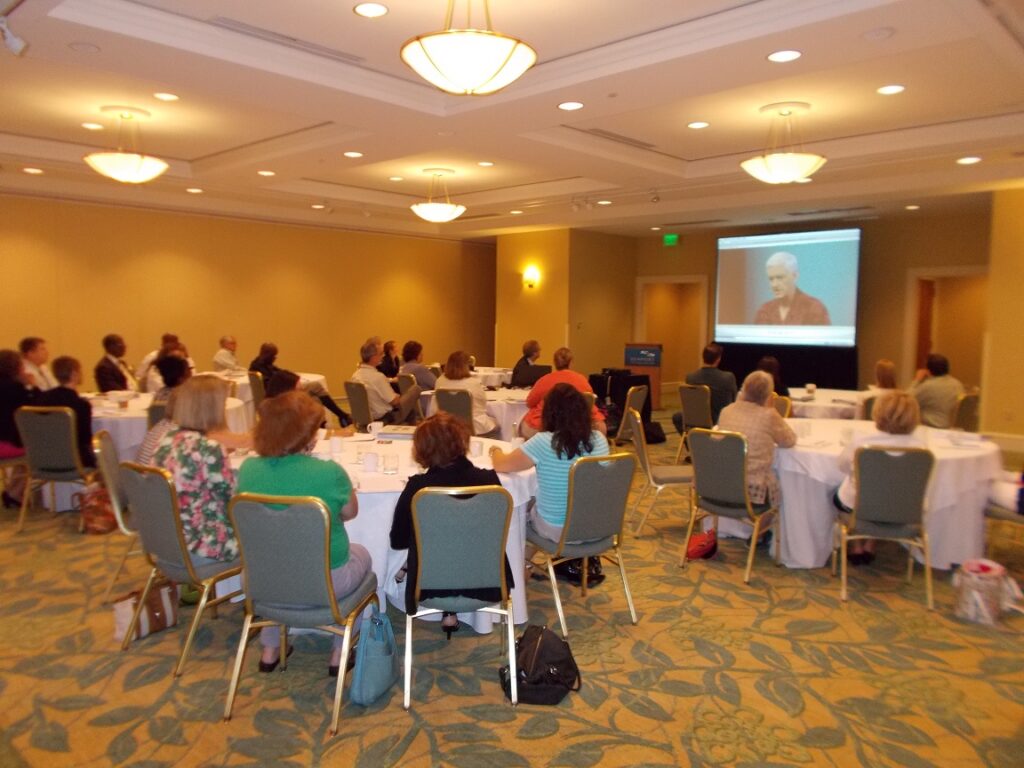
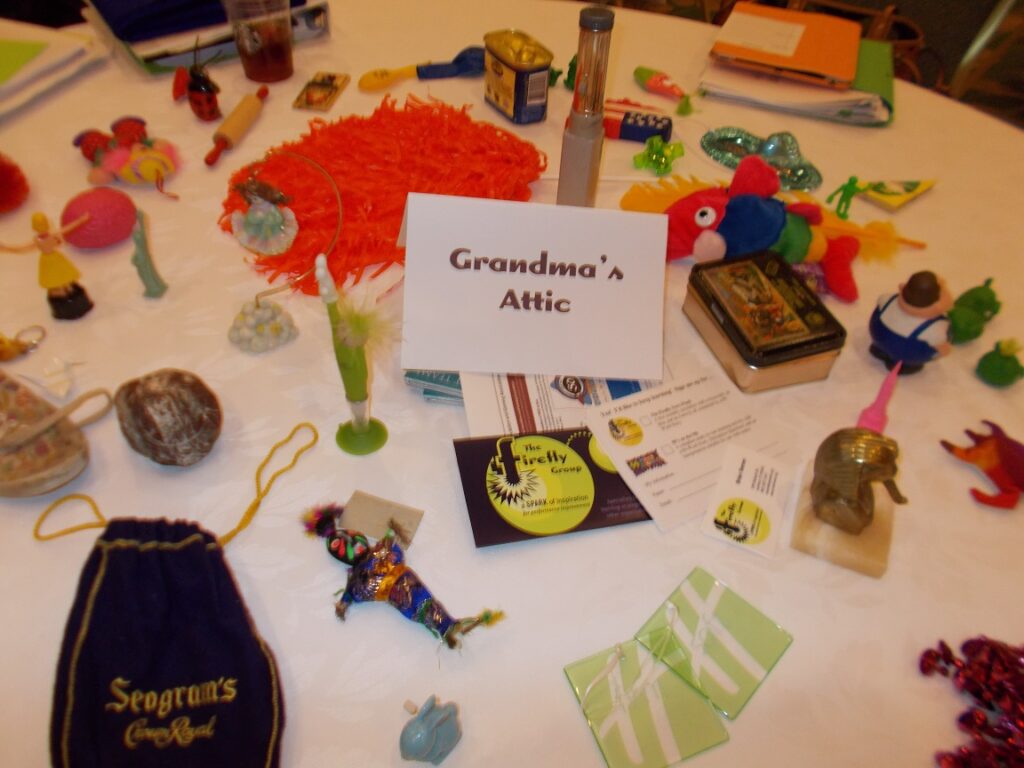
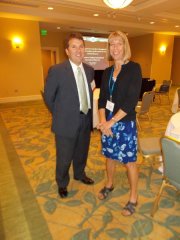
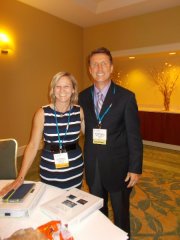
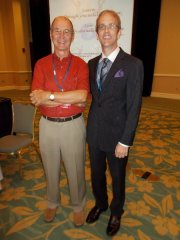
Conference 2012: A Roundtable on the Learning Circle: Keynote Follow-up with Dr. David Kolb
After his enlightening keynote session on using experiential learning in judicial education, Dr. David Kolb answered questions and exchanged ideas with conference participants in a break-out session. He addressed his Learning Styles Inventory’s relationship to some other measures including the Myers-Briggs Type Indicator. He also contrasted differing cultural definitions of concepts such as empathy/logic and introversion/extroversion.
In response to a question about how to encourage abstract/reflective learners to engage in activities such as roleplaying, Dr. Kolb said that it’s important to have the right amount of both challenge and comfort. He pointed to research with physicians and how often their specialties impacted where they tended to be comfortable. When asked about judges who were rotated into assignments with which they might be “misaligned,” Dr. Kolb said it was vital in educating them to pass on both substantive and contextual knowledge.
There was a lively exchange of ideas during the session, with participants sharing perspectives about the use of Dr. Kolb’s model. For instance, Karen Thorson said it was particularly effective to have judges use reflection on experiences as a key way to establish the “need to know.” Dr. Kolb said judicial educators should be trying to create the sense of a “laboratory of learning” where judges aren’t expected to know everything, where mistakes are viewed as normal and are valued as a way to learn.
Dr. Kolb recommended a couple of resources for judicial branch educators. For addressing resistance to learning and change, he recommended Immunity to Change: How to Overcome It and Unlock the Potential in Yourself and Your Organization by Robert Kegan and Lisa Laskow Lahey (2009). For educating around the learning circle and deciding where to start on the circle based on how the brain learns, he recommended The Art of Changing the Brain: Enriching the Practice of Teaching by Exploring the Biology of Learning by Dr. James E. Zull (2002).
All in all, the roundtable discussion with Dr. Kolb was a valuable way for participants to process information and ideas and to plan how to move those ideas into action in judicial branch education sessions.
Conference 2012: Instructional Design: The Backbone of Effective Education
If you walked into this class a few minutes late, you would have found participants wandering around the room talking to each other, and you might have wondered when class would begin – but participants were already sharing ideas and getting excited about instructional design.
With an active start to keep things moving in this afternoon course, presenters Liz Bullard and Jeff Schrade used the NAJSE Instructional Design curriculum as the foundation for this course and implemented adult education techniques to make the course engaging and relevant.
At the beginning of the course, participants identified a sample topic to use as they practiced instructional design during the course. Then participants were up and moving around to talk to other participants about instructional design.
After the participants returned to their seats, presenters and participants discussed the definition and value of instructional design. Instructional design is a sequence of steps used to plan and deliver a course. For the judicial educator, instructional design can help ensure that crucial elements of the process are employed; it can help faculty know what to teach; it can help students know what to expect from a course; and it can assist the educational organization in evaluating whether the training met its intended purposes.
The group reviewed adult education principles that are integral to instructional design, such as:
- making courses relevant and applicable to targeted job position,
- including interactive learning,
- respecting participants’ experience and existing knowledge,
- addressing all learning styles, and
- considering time constraints, sequencing, and time utilization.
Because instructional design should attempt to reach learners of various learning styles, several different theories of learning styles were discussed. Participants considered their preferred learning style, recognizing, however, that an individual learner may not fall into one specific category.
The VAK learning styles model identifies learners as visual, auditory, or kinesthetic.
The DISC learning styles profile identifies learners in these categories:
- Dominance – These learners are direct, self-reliant, and results-oriented.
- Influence – These people-oriented and process-oriented learners enjoy fun learning and new approaches.
- Steadiness – These learners are hesitant about change and prefer step-by-step learning.
- Compliance/Conscientious – These learners are detail-oriented and prefer rules and logical presentations.
The Ned Herrmann Whole Brain Theory identifies four learning styles based on four quadrants of the brain:
- The Rational Self – These learners like logical rationales and validity.
- Safekeeping Self – These learners like organized approaches and practical applications.
- Experimental Self – These learners like new ideas and opportunities to experiment.
- Feeling Self – These learners like group discussions and hands-on learning.
The Kolb learning styles inventory is based on how learners prefer to process information:
- Divergers prefer to have direct experiences and consider them.
- Convergers prefer to think about things before trying.
- Assimilators prefer a cognitive, thinking approach.
- Accommodators prefer a hands-on approach.
Ms. Bullard and Mr. Schrade reminded participants that people are always learning, but educators use instructional design to create intentional and purposeful learning.
Several instructional design methods were discussed during this course:
- Backward – In this design method, Step 1 is to identify desired results, step 2 is to determine what will be acceptable evidence that desired results were achieved, and step 3 is to design the learning plan, experiences, and instruction.
- ADDIE – This acronym represents five steps: Analyze (identify learning problem, goals of education, audience and its characteristics, and delivery options), Design (determine objectives and content), Develop (create the content and learning materials), Implement (put the instruction into action) and Evaluate (assess participant learning and gather feedback).
- Systems – This eight-step approach, while similar in some ways to the ADDIE approach, has some specific steps ranging from identifying instructional goals to designing formative and summative evaluations.
- NASJE’s 11-step Model – This model was introduced in JERITT Monograph Four: Curriculum, Program and Faculty Development: Managing People, Process and Product. This model is similar to the other models but it is more comprehensive and it highlights how the steps are interdependent.
Each table of participants applied one of the first three methods to a topic and then presented their instructional plan to the entire group. The group realized that there were some similarities and some differences among the methods.
As they discussed the steps of the NASJE instructional design model, participants practiced each step and created a plan for their own practice topics. Then each participant shared his or her plan with another participant for constructive suggestions. (NASJE members can view this instructional design model via the instructional design curriculum on the members-only website.)
Conference 2012: Effective Distance Learning Takes Time, Planning
“Quick and Easy” and distance learning do not always go so well together, but Joseph Sawyer of the National Judicial College did shed some light on different approaches to electronic learning in the session How to Make Technology Work for You: Quick and Easy Ideas for Distance Learning.
To introduce the topic, participants were asked to share some of their experiences with distance learning and voice any questions or concerns. Responses included:
- “How do you improve attendance?”
- “Should we develop our own modules or purchase libraries?
- “Is asynchronous or synchronous learning better?”
- “How does blended learning work?”
- “Does instructional design apply online?
- “Do learning modules need to be ADA accessible?”
- “Are judicial educators becoming techies?”
Sawyer revisited basic concepts including synchronous and asynchronous learning, face-to-face learning and blended learning before reviewing some software options related to e-learning. He talked about the use of Articulate, Camtasia, Capitivate, iSpring suite, Jing, and Moodle. He then demonstrated some learning objects that had been created for the National Judicial College.
Some roadblocks to quickly creating learning objects (asynchronous learning) include the following:
- Instructional design takes time.
- Distance learning takes more time.
- Learning objects are part of a larger curriculum.
- You need to engage the learner.
- Captions or transcript may be needed for 508 compliance.
Sawyer then gave some tips on instructional design for learning objects:
- Chunk the information.
- Make the learner do something.
- Tell the learner what they are going to do.
- Tell the learner what they just did.
- Maintain a consistency of design.
- Identify your learning objective.
- Identify your learning activities.
- Write out all of the narrative for any recorded audio segments.
- Check for screen reader compatibility.
- Conduct needs assessment.
- Focus on emerging trends in mobile devices and know what works.
- Develop lasting content.
For synchronous learning, such as live webinars, Sawyer provided the following list of available software to review:
- Cisco WebEx
- Microsoft Live Meeting
- GoToMeeting
- Adobe Connect
- Blackboard Elluminate
- Wimba LiveClassroom
While easer to produce than learning objects, synchronous delivery still requires a producer, faculty, designer and tech support.
Conference 2012: Short Films with Big Impact
In the session “Good Things Come in Small Packages: Using Short Films to Teach Diversity, Access, and Fairness Issues,” a wide range of short films were shown to illustrate the educational power that can be packed into brief recordings. NASJE President Joseph Sawyer and communication consultant Kelly Tait co-facilitated discussions following each film, including topics such as what can be gained or lost by the way a film/topic is introduced, when disclaimers are needed, and deciding how to sequence activities. In particular, the necessity for providing enough time for debriefing films that might cause a major emotional reaction in some participants was explored.
Throughout the session, the short films were related to Kolb’s Learning Cycle. The facilitators emphasized that one of the strengths of using films—and short films in particular—is that you can quickly reach participants at the “experience” level and that participants then share the experience, which can be built on in the rest of the session as educators move participants through Kolb’s different modes of learning. They pointed out the value of this especially with diversity, access, and fairness issues, where perspectives often need to be broadened.
The series of short films shown during the session included documentaries and works of fiction. They ranged from under two minutes to thirteen minutes, short enough amounts of time that typical judicial education sessions could easily accommodate them. Just a few of the topics the films addressed were: diplomacy, interpretation, and gender-related cultural differences via a story about two senior diplomats from the U.S. and Iran and their interpreters (“Diplomacy”); substance abuse, mental illness, and homelessness via a visually creative documentary about Ryan Larkin, an Academy Award winning Canadian animator (“Ryan”); and professional roles, ethics, and the toll of vicarious trauma via a fictional story about a photojournalist who wins an award for a photo she took in a war-torn country (“One Hundredth of a Second”).
The facilitators asked questions such as: How might you use this short film? How is it relevant to what judges see in court? What are the possible drawbacks of using it? What kind of “set-up” would make the film most effective? What would be the best way for viewers to process the topic and the story?
Participants shared their perspectives about the use of the particular short films that were viewed as well as ideas for other films that might be effective. The session included a discussion of sources for short films, some technical tips for accessing them, and other ideas for using films such as these to add impact quickly to judicial branch education sessions that involve diversity- and fairness-related topics.
Conference 2012: State Directors Look at Trends Impacting Judicial Education
Educators from six states and the District of Columbia took part in the third forum for State Directors of Judicial Branch Education Offices at the NASJE Annual Conference in Boston, MA . The forum was facilitated by Jennifer Juhler of Iowa.
The goal of this informal session was to reserve time at the conference for discussion of the unique job of state education administrators. Objectives were to exchange resources and wisdom; identify trends and problem solve; and begin and renew relationships among the state directors.
A common trend among the participants was the need to provide e-learning opportunities for their courts. E-learning libraries, learning modules, webinars, and learning management systems were discussed.
Another point of discussion was addressing apathy toward judicial education. Attacks on the judiciary and changes in leadership in some states have put innovative education projects on hold, resulting in educators feeling undervalued within the court system. Participants in the session suggested that NASJE, as an organization, could provide support for members facing such challenges.
Other topics addressed included budget restrictions, paperless courts, training demands related to court case management systems, providing education for court personnel, working with associations, and allowing vendors at conferences.
Conference 2012: Lessons Learned From Teaching Fairness
This breakout session was an opportunity for faculty and participants to share lessons learned from teaching fairness to judicial officers and court staff. Faculty discussed overcoming resistance to fairness topics by acknowledging it, integrating the topic into substantive courses rather than offering it solely as a stand-alone, avoiding listing courses in the agenda as the “Fairness” course, and creating engaging programs that encourage dialogue. For example, having participants complete the online Implicit Association Test (IAT) to identify their own unconscious biases, followed by a discussion of the science behind the instrument, can be informative and engaging.
Making Fairness Relevant
Faculty discussed how new or changing areas of the law can provide an opportunity to, in a practical way, discuss diversity issues and topics. In recent years, attention to the legal questions surrounding domestic partners and same-sex marriage has been one way to discuss fairness, diversity and diverse populations. When offering topics like those, faculty must tailor content to the needs of the audience, use data and demographics, and employ interactive instructional approaches.
While the session could not cover the many issues and approaches to teaching fairness, it reminds us, as judicial educators, that care must be taken when planning, selecting faculty for, and delivering fairness courses. However, the timing of the session could not have been more timely with the approval of a new fairness supplement to the core competency. The supplement, like this course, will help judicial educators think about, plan and offer fairness topics.
Faculty
Professor Todd Brower, Professor of Law Western State University College of Law, California
Polly Schnaper, Judicial Educators, Judicial Educator, Administrative office of the Courts, Utah
Debra Weinberg, Education Program Manager, Supreme Court of Ohio
Conference 2012: Experiential Opportunity: Neuroscience, PTSD and the Brain
An intrepid group of NASJE members journeyed across Boston by subway for this experiential learning opportunity. At the Massachusetts General Hospital Home Base Program, they were to meet with clinicians, veterans, and the program director to learn in a hands-on fashion what the Home Base Program is about, how veterans are diagnosed and treated for traumatic brain injury and post-traumatic stress, and why families are included in the treatment programs of returning war veterans. The session plan included an introduction to the Home Base program in a classroom setting, followed by a visit to the actual clinic to see the process in action.
The best laid plans can be hijacked by unforeseeable events, and this plan proved to be no exception. About ten participants made it safely to the 7th floor Home Base location, but the second elevator full of twelve people got stuck with the doors closed for a harrowing 30 minutes in a hot, sweaty, claustrophobic environment while the final group of NASJE members tried to help from outside in the hall. Building engineers argued about what to do to open the elevators, nervous victims called 911, and Boston firefighters arrived on the scene. Finally, the doors opened and a pile of hot and anxious folks poured out of the box.
Thus, the topic of PTSD moved front and center into the minds of the NASJE members involved in the experience. As it turned out, the delay in arrival to the Home Base conference room meant that the group could not visit the clinic. They did benefit greatly from the Home Base team who explained the purposes of Home Base, the symptoms of traumatic brain injury and of PTSD, and the ways that the program offers treatment and help for all family members involved when either of these injuries emerges in a returning service member. They also heard first hand from a combat veteran about the difficulties service members face re-integrating into society upon return from combat. The connection between combat injuries, re-integration difficulties, and the courts was very clear.
Home Base is a partnership between Massachusetts General Hospital and the Red Sox Foundation and is the first partnership of its kind between an academic medical center and a major league baseball team designed to address the invisible wounds of returning Iraq and Afghanistan veterans and their families. In the courts, judges and court staff see the effects of these invisible wounds manifested in many ways. This learning opportunity helped NASJE members to better understand why injured service members may behave as they do, and some of the issues that court personnel and judicial officers need learn about and understand in order to better serve this constituency.
Conference 2012: Educators Experiment with Metaphor during Closing Plenary
The closing plenary of the 2012 NASJE Annual Conference had everyone up and moving and sharing a few laughs as well.
A Spark of Inspiration for Improving Your Skills utilized photographs, comic strips, animals, and toys as an interactive way to activate the creative and spontaneous side of the participants. Taught by Brian Remer, creative learning director of the Firefly Group, the session focused on using metaphors as a teaching method.
Participants were asked to come up with three elements of engaged learning, find three new ideas by moving and talking with others, find a partner at one of the designated tables, and pick one best idea. Using the various objects on the table, the partners had to select something to act as a metaphor for the best idea.
Remer connected the activity back to the opening plenary by David Kolb on experiential learning. He described the activity as active experimentation and then went around the circle in processing the experience. He said the challenge in education today is not about getting information, but transforming it and answering the question, “What am I going to do with what I have learned?”
Using props, such as photos or comic strips, is one method of teaching with metaphors. Remer also covered some other key points on using metaphors.
When to Use Metaphors
- Begin a workshop; surface expectations.
- Illustrate a key point; focus group attention.
- Debrief an activity; explore a topic at greater depth.
- Enhance brainstorming; increase creativity.
- End a workshop; summarize content; evaluate.
Cautions in Using Metaphor
- Avoid misunderstanding of the analogy.
- Avoid misinterpretation of the analogy.
- Avoid too much or too little similarity between analogy and topic.
- Debriefing is critical for alignment with the topic.
- Optimal balance determines maximum impact.
Strategic Use of Metaphor
- Invention – Give people an analogy, or ask them to invent their own.
- Selection – Think of the reality then choose a metaphor, or choose a metaphor and decide how it fits with reality.
- Presentation – Introduce people to the analogy, or present the analogy and explain later.
- Interpretation – Reveal or explain the analogy, or let people draw their own conclusions.
Conference 2012: Workshop Focuses on Determining Educational Needs
Assessing Needs: The Basics of Processes and Models was based on part five of the NASJE Curriculum Designs. The two-part session was taught by William Brunson of The National Judicial College and Lee Ann Barnhardt of North Dakota.
The learning objectives for the workshop were as follows:
- Define “needs assessment” as it will be used in your state;
- Describe the relationship between needs assessments, course goals and learning objectives;
- Outline potential data sources and potential issues with those sources;
- Differentiate between those situations when education is the answer and when it is not.
- Choose needs assessment data-gathering approaches that are effective for various situations;
- Identify basic considerations for structuring questions to be used to assess needs;
- List potential barriers to conducting an effective needs assessment and discuss strategies to address each; and
- Describe potential strategies to generate support of a selected needs assessment approach for a particular target audience.
A number of learning activities were used throughout the workshop including writing exercises, quizzes, small group discussions, lectures, case studies, and Jeopardy game.
Specific topics covered in part one were the determination of how needs assessments fit into the overall course planning process; the relationship between needs assessments, course goals and learning objectives; information sources for needs assessments; and the distinction between when education is necessary and when it’s not the answer. Participants were given a court-related problem to determine if there was a need for education to be provided in that particular case.
Part two of the workshop began with a discussion on different ways to gather information: (1) interviews; (2) focus groups; and (3) surveys and questionnaires. The discussion of surveys and questionnaires included a breakdown of the types of surveys and questionnaires that could be used: (a) Likert Scale; (b) Rank Order Scale; and (c) Delphi Method. Participants were then asked to differentiate between closed and open-ended questions and between asking face-to-face questions and written questions. Small groups had the opportunity to work on writing potential survey and focus group questions.
The concluding activity was an enthusiastic Jeopardy game about information provided in Parts 1 and 2.
Conference 2012: A Team Approach to Caseflow Management
Phil Knox, Court Administrator from Maricopa County Superior Court, presented a primer on caseflow management to about 14 NASJE members during the conference in Boston. He explained
- The elements of caseflow management;
- Caseflow terminology definitions;
- Definition of a “meaningful event” and its usefulness as an analytic tool; and
- The roles of caseflow management, delay and meaningful events in processing of cases.
For Mr. Knox, caseflow management sets the “rules of the game” for scheduling and monitoring cases. Formally, it is a practice a court establishes to control the legal process through scheduling, monitoring and conducting important procedural events. By doing so, it defines the local legal process for both litigants and lawyers.
Several principles guide the flow of cases through the system. First, every case should receive individual attention. This does not mean, however, that every case receives the same amount of attention. Cases should be treated proportionately. Good caseflow management ensures procedural justice for all cases and allows the exercise of judicial control over the legal process.
According to Mr. Knox, the passage of time adversely affects all the reasons courts exist. Delay, however, happens all the time at all levels. Delay impacts cases because it consumes resources, mostly the time of attorneys, judges and court staff, and litigants. The key is to manage the time between events—long enough to allow preparation, but short enough to encourage preparation.
Delay can be managed, but it requires long-term commitment on the part of the court system. A predictable system sets expectations for all parties involved, ensures that desired actions occur when necessary, and holds all parties equally accountable.
Finally, Mr. Knox explained “meaningful events,” which are occurrences that advance a case towards resolution. The more an event accomplishes multiple purposes, the more meaningful it is.
All of these concepts make up caseflow management, as well as many more not covered in the session. This complex and very important process, when well done, assures procedural justice for litigants, clear expectations for lawyers, and managed caseloads for judges.
NASJE Midwest Regional Meeting 2012
Lee Ann Barnhardt, North Dakota – Jennifer Wadsworth, Iowa – Jennifer Juhler, Iowa – Denise Kilwein, Kansas – Vicki Davis, Indiana – Joy Lyngar, National Judicial College – Kylie Burke, Texas – Amanda Sharp, Texas – William Brunson, National Judicial College – Margaret Allen, Ohio – Courtney Gabriele, Texas – Debra Weinberg, Ohio – Jill Goski, Minnesota – Julie McDonald, Indiana – Anne Jordan, Indiana –
Bronson Tucker, Texas – Mark Goodner, Texas – Ann Jordan, Indiana
Regional Webinars – Members agreed that we should continue to provide education opportunities for Midwest members through webinars. Potential topics were discussed. A suggestion was made that the webinars could focus on our own personal development through the use of short films or literature as an experiential component for a facilitated discussion. A session on eLearning was suggested along with a continued focus on the NASJE Curriculum Designs. Lee Ann will follow up with proposed dates and times. Members agreed that Tuesdays or Wednesdays will work best. An effort will be made to invite other regions to participate when possible.
NASJE 2014 Conference – The Midwest Region will host the 2014 Annual Conference in Chicago. As we do not currently have active members in Illinois, several members volunteered to act as “honorary” host and help with conference logistics. Those members are Ann Jordan of Indiana, Jennifer Wadsworth and Jennifer Juhler of Iowa and Kylie Burke of Texas. Lee Ann will serve on the education committee for the 2013 Conference to get a better understanding of what is required of the host and will work with the host committee as the 2014 date gets closer.
Service to NASJE:
- Members were encouraged to serve on one or more of the NASJE committees. Anyone interested in serving should contact Lee Ann or Marty Sullivan, the new NASJE president.
- Fundraising for the new endowment fund was discussed. All members are encouraged to make a donation to the fund. Member support will be a critical element when the fundraising committee seeks larger donations. Any members with ideas regarding fundraising or potential conference sponsors should contact the chairs of the fundraising committee: Claudia Fernandes or Tom Langhorne.
- Members were encouraged to volunteer to serve as mentors or to request a mentor if they are new. We discussed the value of members with a background in education learning from those with a background in law. Those wishing to serve as mentors should contact Margaret Allen.
- Many of the sessions at the 2012 conference were facilitated by members. Teaching is an excellent way to serve the organization. Margaret Allen and Michael Roosevelt co-chair the education committee for 2013. Anyone interested in teaching should contact one of them.
Around the Table – Members were given the opportunity to share successes from the past year or resources. William Brunson talked about the Human Trafficking program offered by The National Judicial College and the New Judge Orientation program that is now available online. Ann Jordan recommended Bill Hughes from Indiana as faculty for evidence. Debra Weinberg recommended faculty from Ohio for hearsay and ethics and cinema.
Good of the Order – A suggestion was made to consider holding an in-person Midwest Regional meeting at some point in the future. Lee Ann said she would follow-up on this idea and obtain more feedback from the entire region.
NASJE Southeast Regional Meeting 2012
Cynthia Davis, Director of the Mississippi Judicial College, is the NASJE Southeastern Regional Director. She introduced herself and described a little about her organization. It is located on the campus of University of Mississippi in Oxford, Mississippi.
Members of this region discussed recent projects. Some projects included forays into distance learning in various ways. Several states discussed having benchbooks available online either on the internet or password-protected.
Melody Luetkehans of The National Judicial College mentioned available training on highway safety and traffic topics, presented in conjunction with the National Highway Traffic Safety Administration and the Federal Motor Carrier Safety Administration.
The group also considered whether a mid-year regional meeting would be beneficial. Possible topics suggested for discussion at a regional meeting include faculty development ideas, a speaker exchange, and a discussion about evaluations. Members expressed interest in a regional meeting, although all acknowledged that busy schedules and tight budgets might pose a problem for some members.
